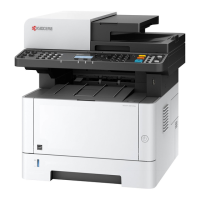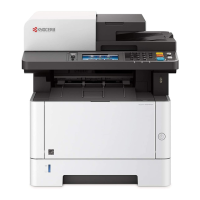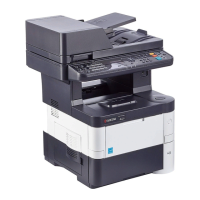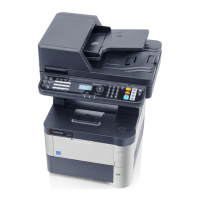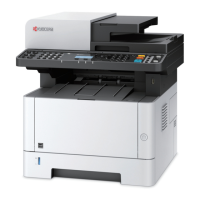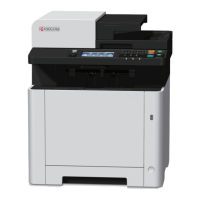Installation
User Guide1-5
You can also install utilities without printing systems or drivers by selecting the
Utilities tab on the Custom Install dialog box. You can select the utilities you
want from the Name list and move it to the Products to Install list.
You can create a Package file (.EXE) of all drivers and utilities in the Products
to Install list by clicking the right arrow located next to the Install button. If you
have many computers to update, you do not need to run the installer on each
computer. The created package can be distributed via email or a shared drive.
Each user can run the package on their computer that automatically installs the
driver or utility in that package.
If the installer cannot find your printing system, contact your system
administrator.
Note: You must install .NET Framework 4.0 or later to use Status Monitor.
Installing with Custom Install
1
Ensure that your printing system and computer are turned on and connected by
USB or network cable.
2
In the Product Library window, click Custom Install.
To discover a printing system, proceed to step 3. To add a printing system
model and port name, proceed to step 5.
3
In the Custom Install window, the installer searches for your printing device.
You can also search the discovered devices by model name, IP address, host
name, or USB port when you type a partial or full term in the search text box
above the device list. Each discovered printing system is displayed in the
Devices list as an icon with a model name and port name. If your printing
device is not discovered, proceed to step 5.
4
Select a printing device from the Devices list, and click the blue arrow to move it
to the Products to Install list. Proceed to step 6.
5
If discovery does not find your printing device, double-click Add custom
device.
In the Devices dialog box, select from the Model list of supported models, and
the Port name list of all local and network ports. To add a port connected to
your system, click Add Port. Click OK in the Devices dialog box. The printing
device appears in the Products to Install list.
6
Select a driver from the Drivers tab, and click the blue arrow to move it to the
Products to Install list. One or more drivers are required to enable the Install
button.
7
Select a utility from the Utilities tab, and click the blue arrow to move it to the
Products to Install list. If a more recent version of a utility is installed, the utility
shows a message that a newer version is installed.
8
If you want to remove a product from the Products to Install list, select it and
click Delete. To remove all products, click the Remove all icon at the bottom of
the list box.
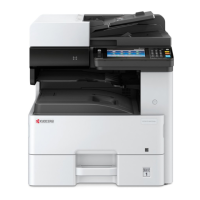
